If you’ve checked your SRD grant status and found it marked as “Referred SAFPS,” you’re probably wondering what it means and what to do next. Simply put, this status indicates that your application has been flagged for additional verification by the Southern African Fraud Prevention Service (SAFPS). While this may seem alarming, it does not necessarily mean you’ve done something wrong.
Understanding why your application was referred and taking the right steps can help you resolve the issue and secure your grant.
Why Your SRD Grant Status Says ‘Referred SAFPS’? (Quick Answer)
If your SRD grant status shows “Referred SAFPS,” start by understanding that your application is under fraud verification by the Southern African Fraud Prevention Service (SAFPS). Check for any mistakes in your ID and personal details to ensure they match official records. If everything is correct, submit an appeal online at https://srd.sassa.gov.za/appeals and provide supporting documents like your ID, bank statements, or proof of income. Appeals can take 60 to 90 days, so monitor your status regularly for updates.
What Does “Referred SAFPS” Mean?
When your SRD grant application displays the status “Referred SAFPS,” it means the South African Social Security Agency (SASSA) has flagged your application due to concerns about your identity or eligibility. This verification process is designed to prevent fraud and ensure that grants go to those who truly qualify. Here are some common reasons for this status:
- Discrepancies in Your Information: Your ID or personal details may not match official records.
- Past Fraud Association: Your ID may have been linked to fraudulent claims in the past.
- Routine Verification: Some applications undergo random fraud checks as part of standard security measures.
This step is critical in maintaining the integrity of the social grant system, ensuring that financial aid reaches those in genuine need.
How to Resolve a “Referred SAFPS” Status?
If you believe your SRD application was wrongly flagged, follow these steps to correct the issue:
1. Check Your Details for Errors
Review your ID number, banking details, and personal information submitted in your application. Ensure everything matches official records. Any inconsistencies can trigger a SAFPS referral.
2. Submit an Appeal to SASSA
If your information is correct and you believe your application was wrongly flagged, you need to submit an appeal. Here’s how:
- Go to the SASSA Appeals Website: Visit https://srd.sassa.gov.za/appeals to begin your appeal process.
- Log In or Register: Use your existing credentials or create an account if you haven’t already.
- Complete the Appeal Form: Fill out the form accurately, explaining why you believe the SAFPS referral is incorrect. Attach any supporting documents like your ID, proof of income, or an affidavit confirming your legitimacy.
- Submit the Appeal: Once your appeal is submitted, regularly check the SASSA portal for updates.
3. Contact SAFPS for More Information
If you suspect your ID has been incorrectly linked to fraud, contact SAFPS directly:
- Website: www.safps.org.za
- Email: [email protected]
- Phone: +27 11 867 2234
They can provide information on why your ID was flagged and guide you on clearing your record if necessary.
What Happens After You Appeal?
Once you submit your appeal, the Independent Tribunal for Social Assistance Appeals (ITSAA) will review your case. This process can take 60 to 90 days. During this period:
- Keep checking your SASSA application status for updates.
- Ensure your contact details are correct to receive notifications.
- Stay patient, as appeals take time to process.
What If You’re Accused of Fraud?
If SASSA suspects fraud in your application, the consequences can be severe:
- Legal Action: You could face a 10-year prison sentence if found guilty.
- Financial Penalties: Fines up to R40,000 may apply.
- Permanent Ban: You could be banned from receiving grants in the future.
If you are innocent, ensure your documents are accurate and be proactive in resolving the issue with SAFPS and SASSA.
What If Your Appeal is Denied?
If your appeal is rejected, but you still believe you qualify for the SRD grant, you can take legal action:
1. Seek Legal Advice
Consult a lawyer specializing in social security law to understand your legal options.
2. Gather Strong Evidence
Collect all necessary documents, such as ID copies, bank statements, and SASSA communications, to strengthen your case.
3. File a Legal Claim Against SASSA
With legal assistance, you can file a case against SASSA in the High Court or a Magistrate’s Court.
4. Notify SASSA of the Lawsuit
Ensure that SASSA is officially served with legal notice, compelling them to respond to your claim.
5. Attend Court Hearings
Be prepared to present evidence and testify to prove your eligibility for the SRD grant.
6. Await the Court’s Decision
If the court rules in your favor, SASSA will be required to reconsider your application.
Frequently Asked Questions (FAQs)
1. Why is my SRD grant application flagged as “Referred SAFPS”?
Your application is flagged because SASSA detected discrepancies in your details, past fraud associations, or routine verification checks. This does not always mean fraud; it’s a precautionary measure.
2. How long does the SAFPS referral process take?
Once you appeal, the Independent Tribunal for Social Assistance Appeals (ITSAA) reviews your case, which can take 60 to 90 days.
3. Can I still receive my SRD grant if my status is “Referred SAFPS”?
No, your grant will be on hold until the SAFPS verification process is completed. If approved, your payments will resume.
4. What should I do if my appeal is rejected?
If your appeal is denied, seek legal assistance, gather evidence, and file a case against SASSA in a High Court or Magistrate’s Court.
5. How can I contact SAFPS for further clarification?
You can reach SAFPS via their website (www.safps.org.za), email ([email protected]), or phone (+27 11 867 2234).
Final Thoughts
If your SRD grant application is marked as “Referred SAFPS,” don’t panic. This status does not mean automatic rejection. Instead, follow the correct procedures to resolve the issue, whether it’s correcting errors, filing an appeal, or seeking legal recourse. By taking the right steps, you improve your chances of securing the financial relief you need.
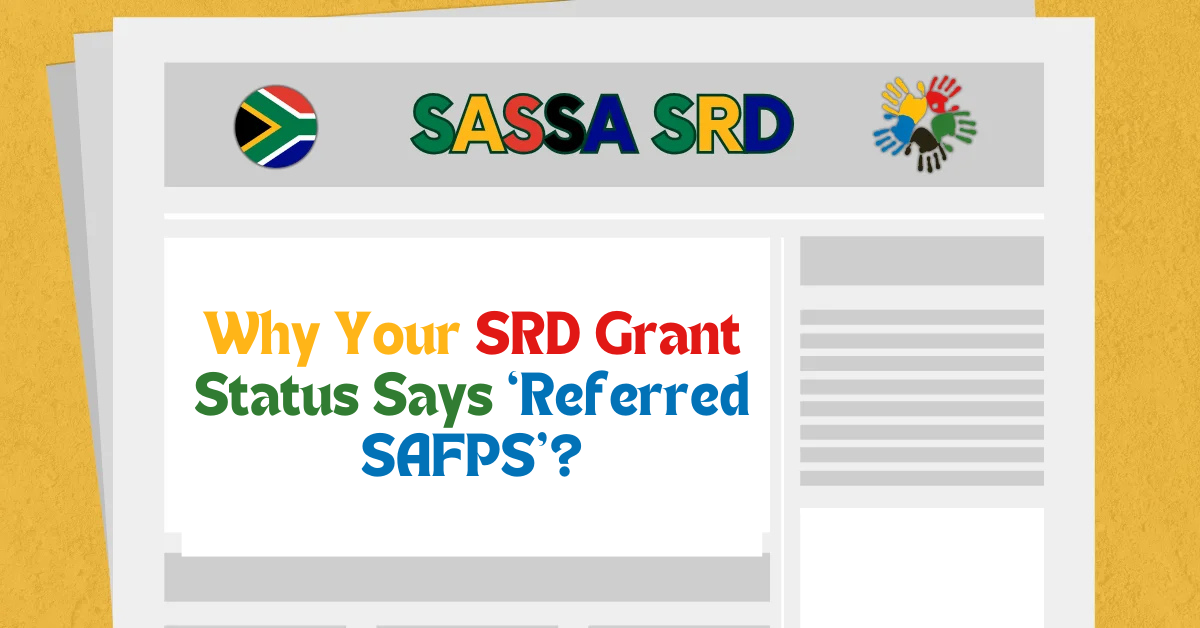
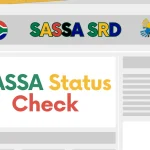
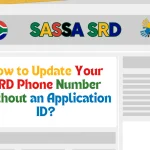
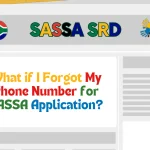
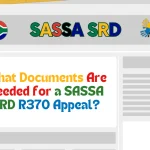
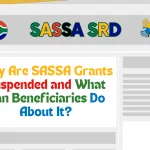
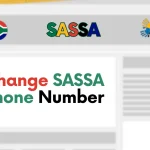
1 thought on “Why Your SRD Grant Status Says ‘Referred SAFPS’?”